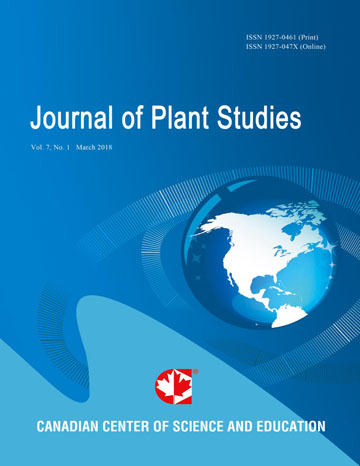A Review of Medicinal Uses and Pharmacological Activities of Tridax Procumbens (L.)
- Samantha Beck
- Heather Mathison
- Toma Todorov
- Esli-Armando Calderon-Juarez
- Olga Kopp
Abstract
Tridax procumbens is a very promising species that produces secondary metabolites reported to have a variety of medicinal uses including among others, anti-anemic, anti-inflammatory, anti-diabetic and anesthetic properties. This species has a long history of traditional use by different communities. This study aimed to review the scientific literature regarding the medicinal properties, biological activity and phytochemical components of T. procumbens, a member of the Asteraceae family that originated in Central and South America. An extensive literature review was done using Metadatabase EDS, MedLine (PubMed), Science Direct, Web of Science, Academic Search Premier, Scielo, DOAJ Directory of Open Access Journals, JSTOR, and other sources to find information relevant to the medicinal uses of T. procumbens. At total of 130 studies were found that contained information about T. procumbens. Some of the papers were not included because of the relevance to this study, ending with a total of 111 relevant citations reported here. This review shows the importance of more studies to understand the potential of T. procumbens’ secondary metabolites for medicinal or preventive treatment, making it a promising ethnobotanical resource. This review provides important information of this species and indicates that this species could be an effective, safe and affordable treatment for some ailments, especially in tropical areas where this plant is native and widely distributed.
- Full Text:
 PDF
PDF
- DOI:10.5539/jps.v7n1p19
Journal Metrics
h-index (December 2021): 17
i10-index (December 2021): 37
h5-index (December 2021): N/A
h5-median(December 2021): N/A
( The data was calculated based on Google Scholar Citations. Click Here to Learn More. )
Index
Contact
- Joan LeeEditorial Assistant
- jps@ccsenet.org
